On April 1, Mr. Pham Phu Ngoc, Director of the Hoi An Cultural Heritage Management and Conservation Center ( Quang Nam province) informed that the unit has just requested the police force to investigate the act of vandalism of the water-protecting stone stele relic related to the Japanese Covered Bridge.
According to Mr. Ngoc, initial information collected from local residents showed that at around 6 a.m. on March 31, when people went to burn incense at the stele to suppress the water channel, they discovered that the stele had been vandalized.
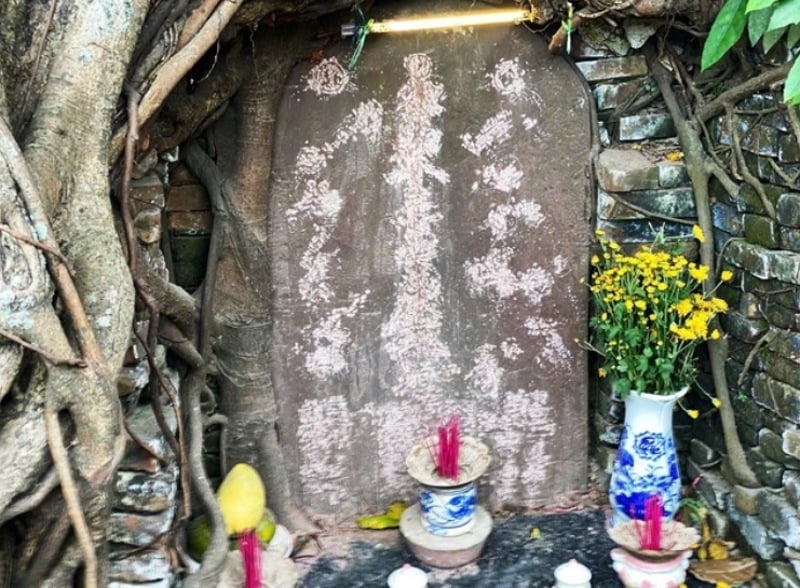
The current state of the ancient stele being erased and destroyed. Photo: CX
Before that, around 1 to 2 a.m. on March 31, someone saw a motorbike parked on the sidewalk of Phan Chau Trinh Street next to a banyan tree and heard the sound of hammers being knocked.
This morning, the center coordinated with the People's Committee of Cam Pho ward to go to the scene to survey and record the current status of the letters and carvings on the surface of the stone stele that had been chiseled away, causing almost complete damage.
The Hoi An Cultural Heritage Management and Conservation Center has reported and requested the Cam Pho Ward Police to consider investigating and handling the subjects who committed acts of vandalism against the above-mentioned relic.
According to the list of historical and cultural relics of Hoi An city, the stele relic of the waterway is located next to house 98A Phan Chau Trinh street, in the protection area I of the special national relic - World Cultural Heritage of Hoi An ancient town.
The relic is classified as a type I conservation value, state ownership. The stone stele is placed inside a small brick shrine, located in the heart of an ancient banyan tree. This banyan tree has also been listed as a protected ancient tree by the People's Committee of Hoi An City.
The stele faces north, with Han Nom characters and talismans engraved on it. From top to bottom, near the forehead of the stele, there are 3 circles engraved, the middle circle is smaller than the two on the sides, distributed quite symmetrically. The middle consists of 3 parts, below the middle circle is a line of Chinese characters with the content "Bac De decreed to establish the pole of the wind and water to suppress the water path".
Below the right circle of the stele is a vertical carving of the North Star along the body of the stele, consisting of 7 circles connected by straight lines. Each circle is engraved with the names of the stars from top to bottom in Nom characters, transcribed as "Phieu", "Phu", "Tat", "Hanh", "Quyen", "Thoc", "Dau".
Below the left circle are two circles connected by a straight line. Further down along the body of the stele are the words: “An ma ni bat me hong”. The bottom part is engraved with 3 charms, the middle one is a square measuring 19cmx20cm, the two smaller ones on the sides are rectangular, measuring 10cmx20cm. The charm on the left has blurred Chinese characters. The charm on the right has the Chinese characters “Fire”, “Wood”, “Earth”. At the bottom of the stele are the 3 words “Thai Nhac Son”.
Many researchers believe that this stele was used to control water because it is related to the worship of the Northern Emperor Tran Vu at the Chua Cau relic.
The Vu
Source: https://www.congluan.vn/dieu-tra-vu-pha-hoai-bia-co-tran-yem-gan-chua-cau-hoi-an-post341045.html














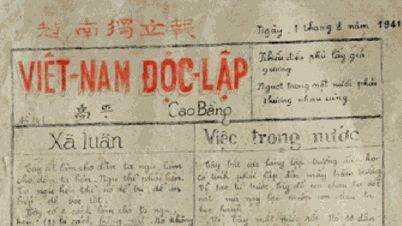

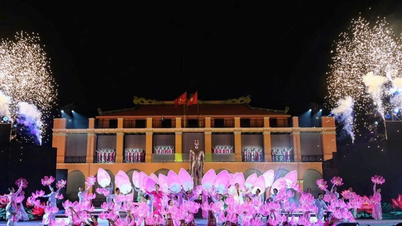





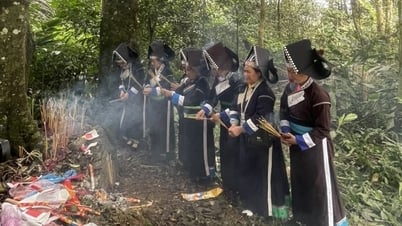
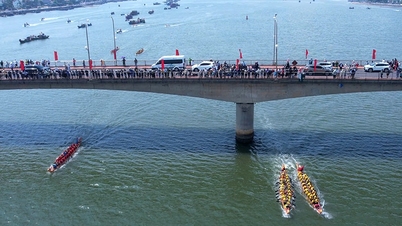
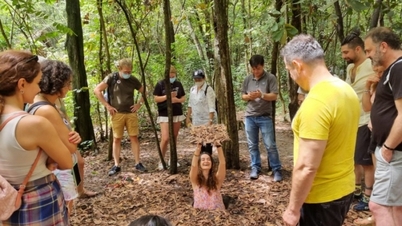

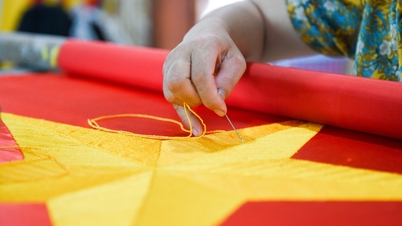
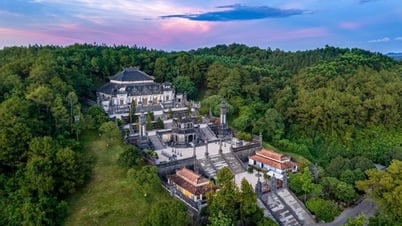
















































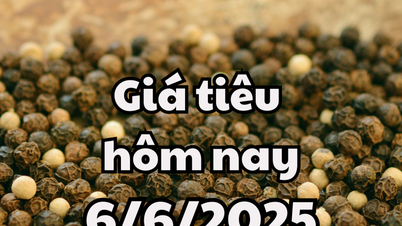



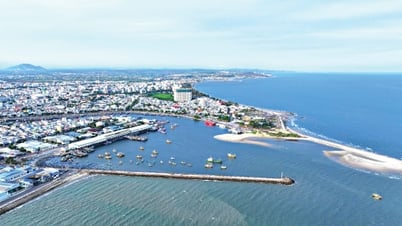















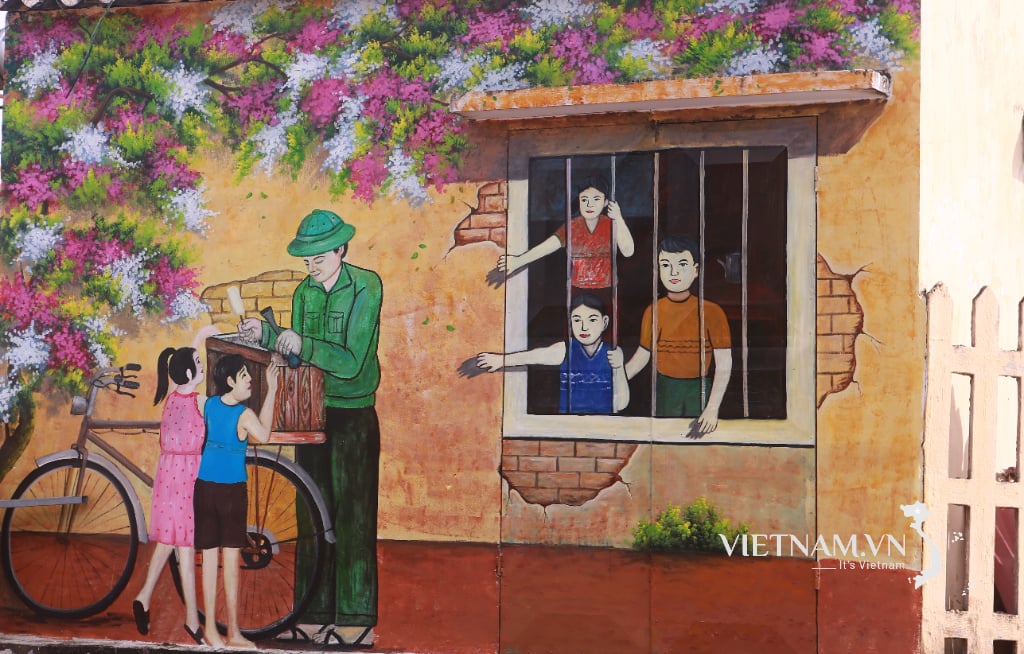
Comment (0)